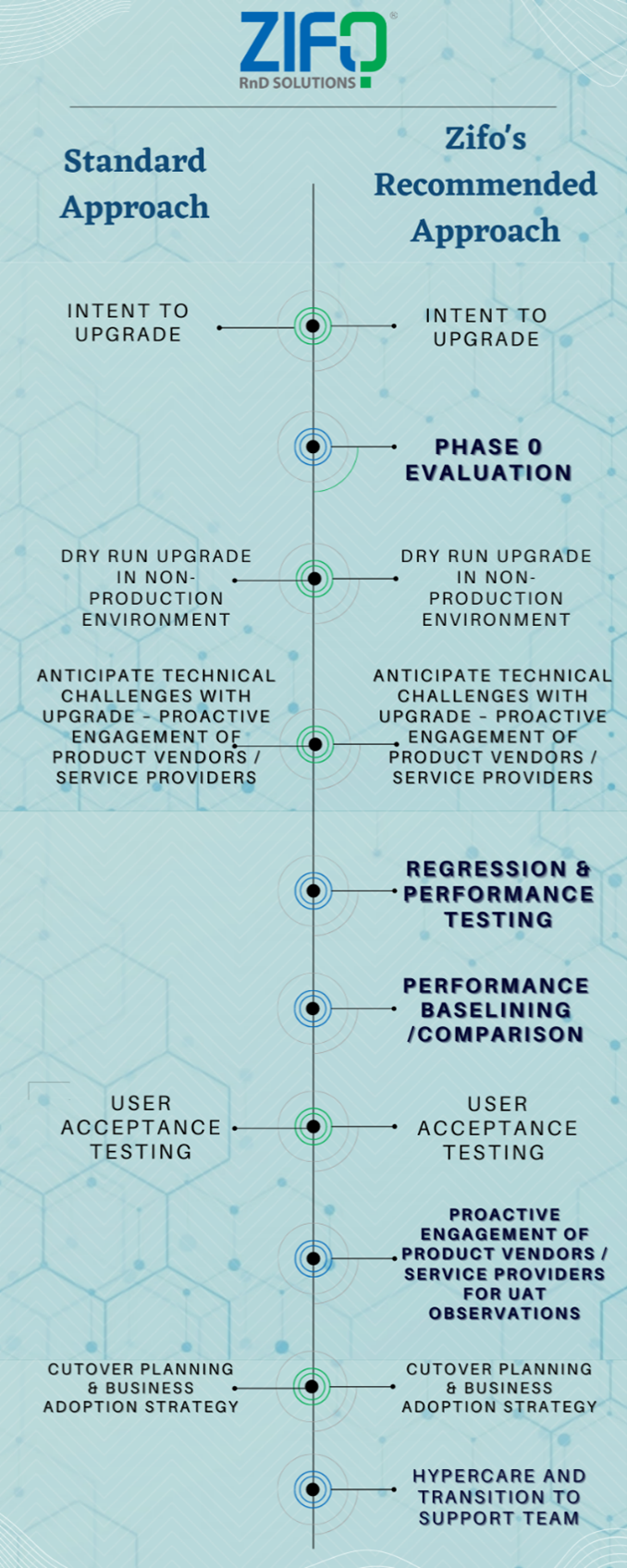
22 years ago, when the world was figuring out how to handle the Y2K Paradigm life science industry was probably least bothered given the maturity of the computer systems it had invested in then. Back then, scientific data was still being recorded in paper and would be looked up manually from the archive rooms. More than 2 decades later , the industry is now in the center of digitalization and is attempting to harness the potential of machine learning and artificial intelligence.
The transition period saw the phenomenal rise of two concepts in computer systems – Electronic Lab Notebook (ELN) and Laboratory Information Management System (LIMS).
Today, there are more makers of ELN in the market than the makers of android phone – clearly underpinning the market potential. However, not all ELN makers sustain in the market – primarily because of their inability to keep up with the innovative but disruptive scientific methodologies towards drug discovery, development, and commercialization.
Given the wild run to cure diseases being at its highest than ever before, the drug makers are now looking for ELN systems that allow them to focus on research rather than recording the research data i.e., they are looking for systems that can automate data capture.

The product vendors are all ears to this and are in constant work to better their products but there is one practical problem – making technology meet its actual need i.e., understanding the unsaid / unexpressed needs of the lab analysts (the actual users of ELN) and deploying / upgrading the system in a way it meets these needs.
Since the last decade, both big pharmaceutical and small biotech organizations have been constantly overhauling their informatics landscape to have ELN system that caters to all their changing needs.
From our experience with our customers, one critical step that alleviates the constant re-work is to understand the unsaid needs, pain points, and / or challenges for Business and IT stakeholders with the current ELN system.
When these unsaid needs were overlapped with the vision / strategy of the organization, we were able to render sustainable plan for the implementation / upgrade of ELN system. We call this exercise “Phase 0 Evaluation.”
And it includes other systemic tasks like evaluating current state usage independently of business emotions. Though this exercise may sound simple, we learnt over a period that it requires a specific skill to do it right – following are some of the key items.
The implementation of above in a phased manner for upgrade of ELN plays a key role in filling the gap between the usual approach and an economic approach (that Zifo prefers). This can be understood through the following infographic.
Ensuring inclusion of all the steps in the recommended approach increases the chances of better assimilation of upgrades, addressing business needs and providing good user experience – one of the primary objectives of any upgrade, isn’t it?
Have any thoughts or questions on this? Please email us at info@zifornd.com!


